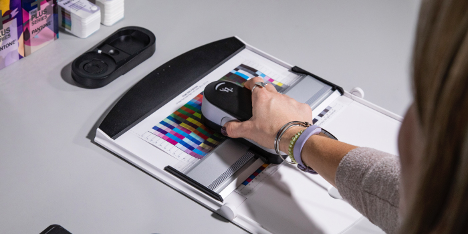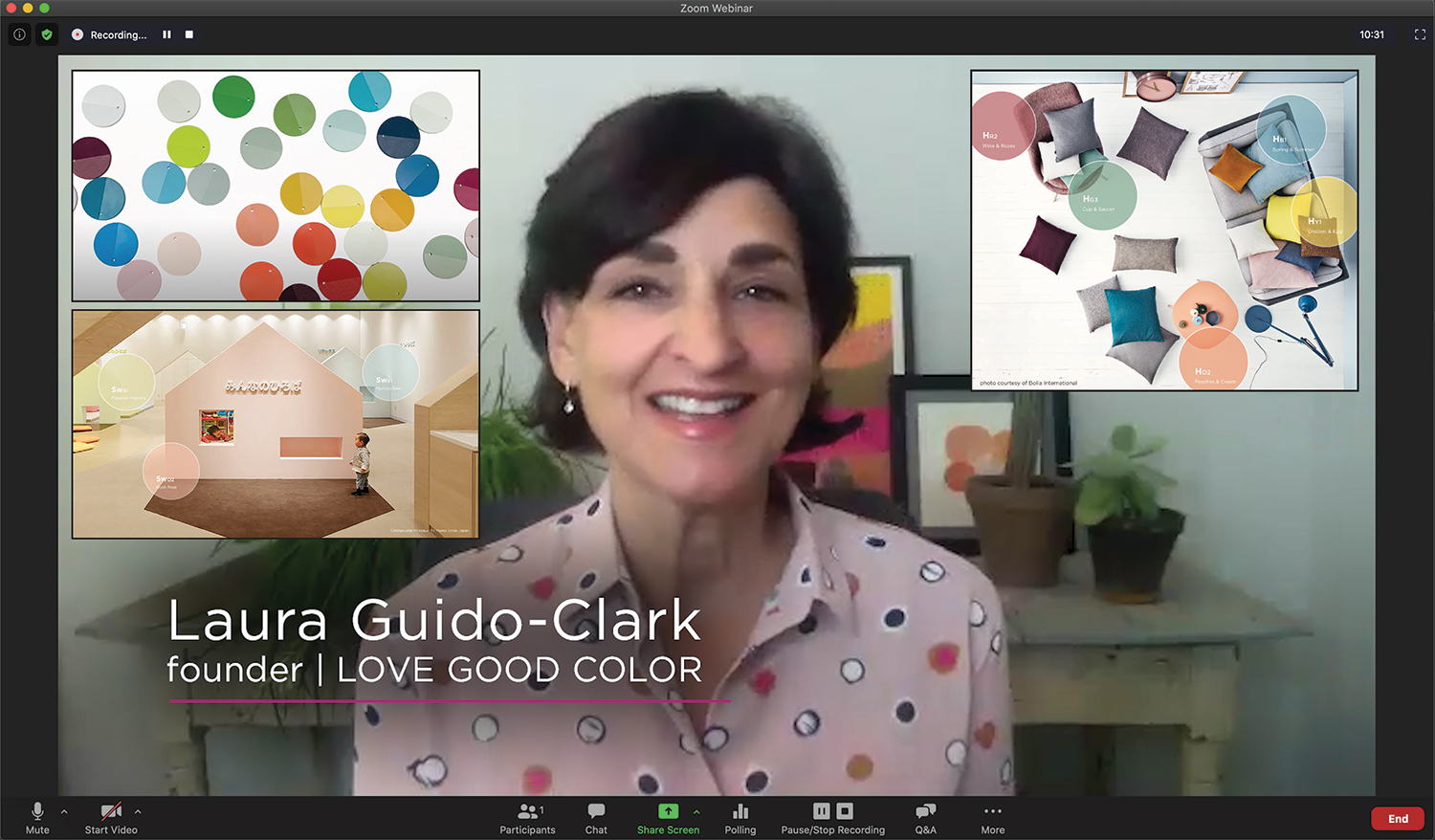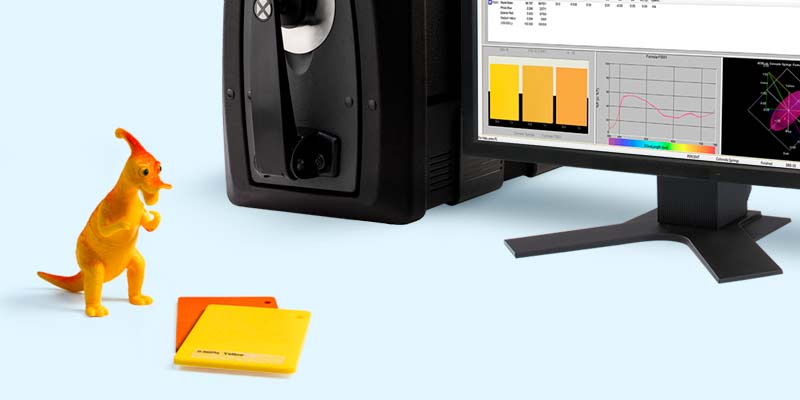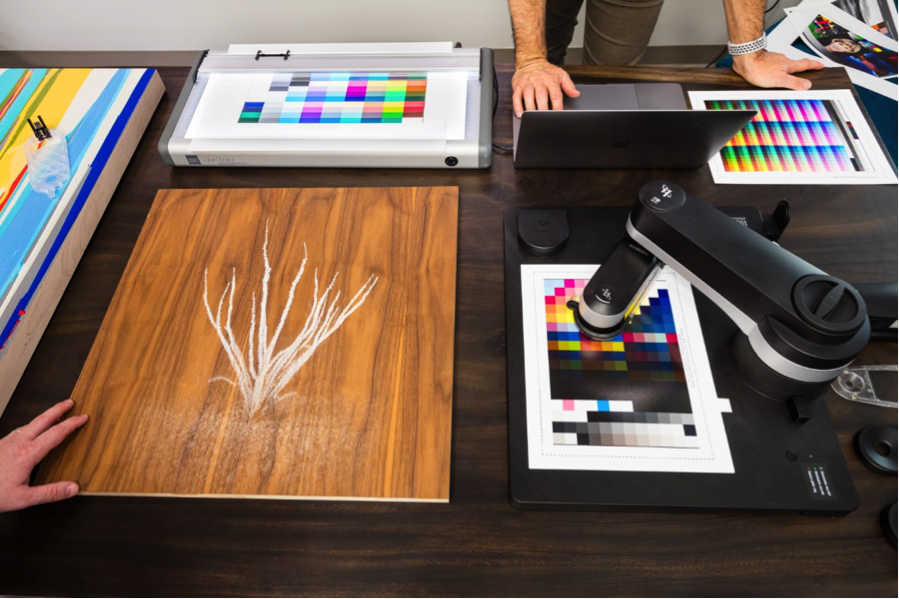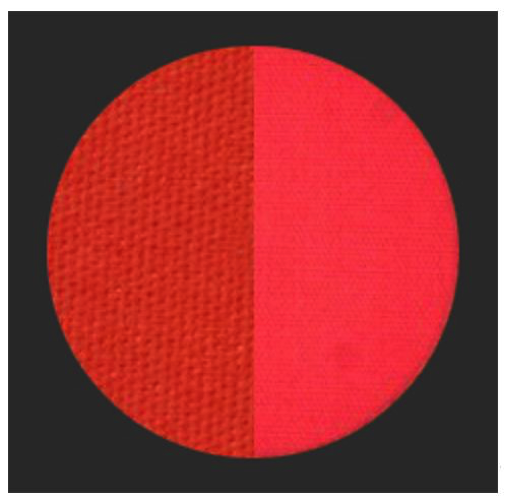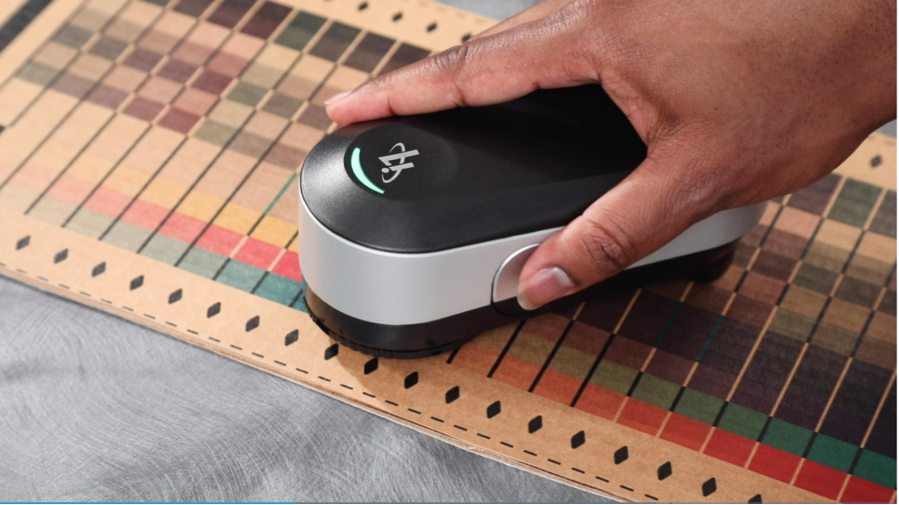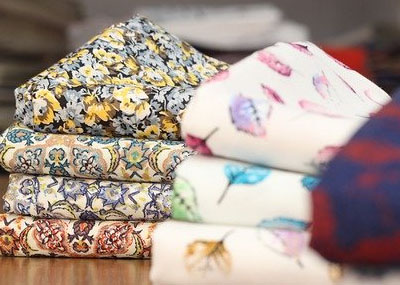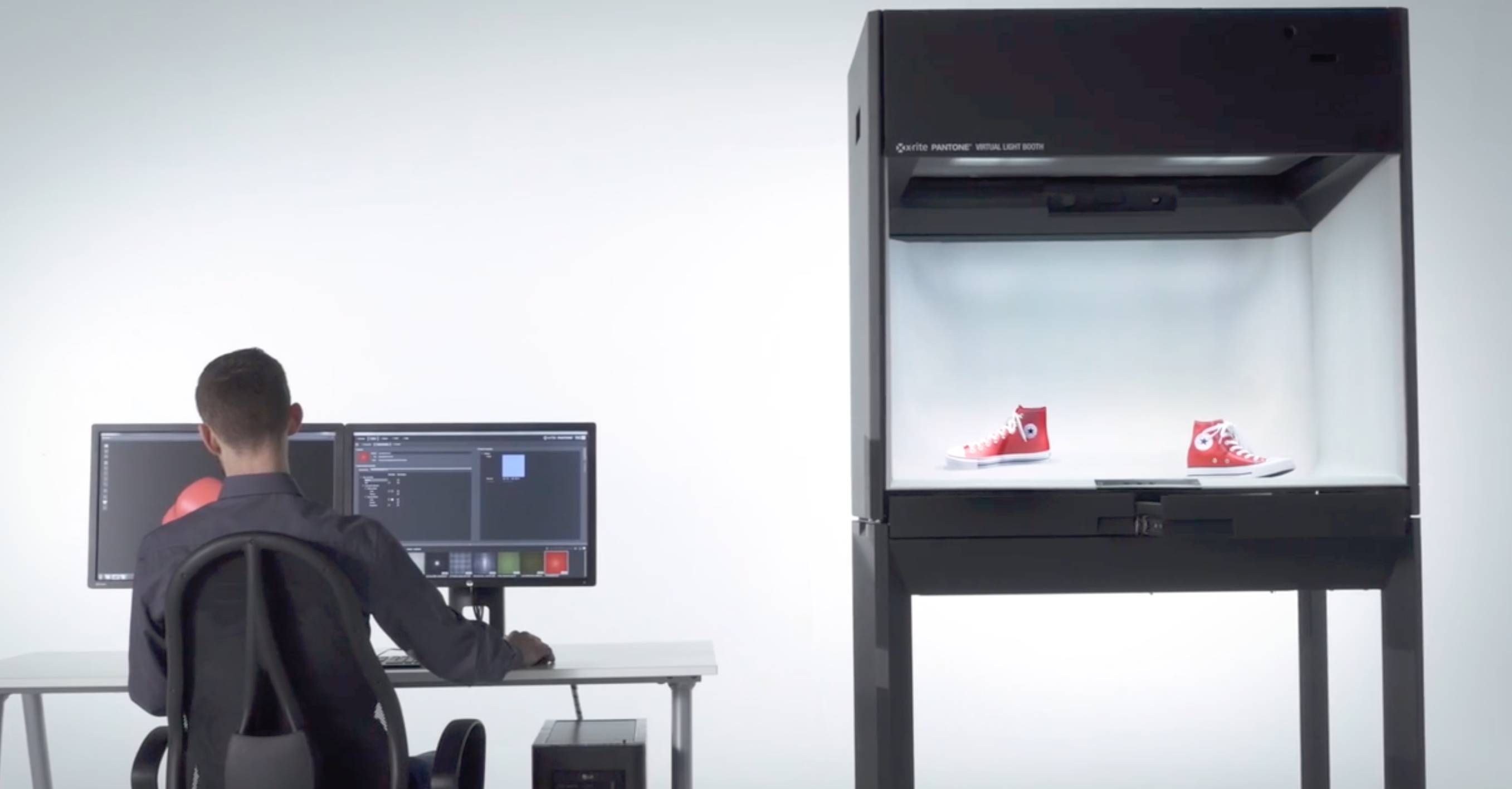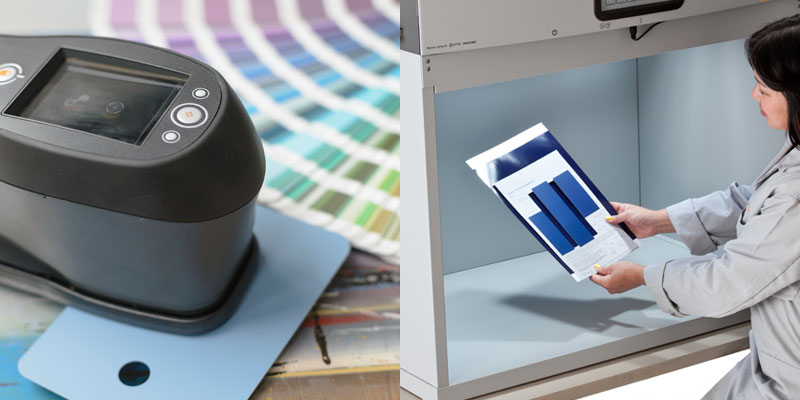Vous affirmez que la couleur est importante, mais savez-vous pourquoi ? En réalité, la couleur est un élément essentiel du processus de fabrication. Malheureusement, de nombreux fabricants réalisent qu’il est aujourd’hui beaucoup plus compliqué d’obtenir une couleur correcte, alors que les marques qu’ils accompagnent leur exigent de respecter des tolérances toujours plus strictes. En voici les raisons. Si les progrè...
L’année 2020 a obligé les fabricants à repenser leur façon de travailler. Dans le monde entier, la crise COVID a freiné les déplacements nécessaires à l’approbation des prototypes et a retardé les expéditions d’échantillons physiques. De nombreuses marques ont commencé à chercher des moyens d’utiliser des échantillons de couleurs numériques pour assurer la continuit&ea...
La gestion des couleurs ICC permet de disposer d’un flux de production prévisible, régulier et reproductible, de la capture à la sortie finale, en passant par l’épreuvage. Pour parvenir à un flux de production intégrant la gestion des couleurs, il est nécessaire d’étalonner vos instruments et de créer un profil ICC pour chacun d’entre eux, y compris l’appareil photo, l’écran, le projecteur, le scanner et l’imprimante. Pourquoi étalonner et créer des profils ? Afin d’obtenir les meilleu...
Recently we had the opportunity to sit down with Laura Guido-Clark, a consumer products designer of color, material, and texture. She has been dubbed an “Experience Consultant,” which reflects her interest and study of human reactions to the look and feel of new products. Photo by Laura Flippen. We asked Guido-Clark to speak with us because we also appreciate the importance of color in our lives. Q. What inspired you to pursue a career in color? A. When I wa...
Whether you work with plastics, coatings or textiles, you must consistently achieve in-tolerance color or your product could be rejected before it even makes it to the shelf or showroom. This is especially true for brands that rely on off-site suppliers and manufacturers for raw materials and parts that come together at assembly, such as the plastic dashboard, fabric seats, and coated interior panels of a car. Even if each site produces in-tolerance color, it must be monitored an...
As digital printing continues to grow, many printmakers are moving beyond traditional media to create artwork on substrates like wood, acrylic, textiles, and backlit materials. While the results can be beautiful, achieving exceptional print quality on these materials can be challenging. Enter the i1Pro 3 Plus. With its large aperture, polarization and transmissive capabilities, this new member of X-Rite’s i1Pro Family can create color profiles for substrates that are otherwise ...
Le COVID-19 a freiné l’activité de nombreux secteurs, y compris celui du textile. Les interdictions de voyager et les confinements obligent les grandes chaînes d’approvisionnement interconnectées à revoir leur mode de fonctionnement. Mais les marques qui cherchaient déjà de nouveaux moyens d’obtenir des couleurs précises et d’accélérer la mise sur le marché peuvent y trouver une opportunité...
In my recent blog I explained why the demand for printed fabrics is increasing and the challenge this poses for the digital print industry. Today, with help from Digital Imaging Expert Scott Martin of Onsight, I will share tips and tools to help printers profile textiles for a consistent digital workflow. While smooth textures can often be measured using traditional digital tools, fabrics with texture or specular reflections (like coated canvases) can cause issues. It's a lot harder to achieve ...
L’impression numérique est présente depuis de nombreuses années, mais le secteur traverse actuellement des mutations spectaculaires. Côté avantages, les technologies d’impression numérique utilisent des encres plus durables et offrent une plus grande fiabilité, une plus longue durée de vie de l’impression, ainsi que des économies globales et une meilleure efficacité. Mais ces changements signifient égal...
Virtual reality has re-imagined the art of apparel and footwear design. 3D design programs like MODO, KeyShot, CLO, Browzwear, Optitex, and Lectra augment the creativity of color and material designers to virtually construct patterns and render realistic 3D garments. This is exciting technology for brands that want to reduce waste for a greener footprint and accelerate design to keep up with fast fashion. However, designers are notoriously tactile. They need to touch, feel, and gain a...
Are you wasting too much time and money on incorrect color? Even if you use the best color measurement tools available, your color will still fail without quality control. Quality control (QC) means verifying the color you specify is the same color you manufacture, throughout production. Setting up a QC program can help you accurately communicate color with clients and suppliers, inspect raw materials before you begin working, and verify your color is correct before you ship. Five Impor...
Benchtop spectrophotometers measure in either transmission or reflectance mode to capture and quantify color on various opaque, transparent, and translucent samples, including glass, liquid, fabric, and plastic. Today we’ll explain the difference between transmission and reflectance measurements so you can determine which benchtop will meet your color measurement needs. Transmission vs. Reflectance Measurements Both transmission and reflectance spectrophotometers emit all of the wav...
The World Series starts next week. While players and fans are gearing up for the big event, stadium groundskeepers are preparing, too. You’ve surely seen those meticulous patterns in the grass – crisscross, spiral, plaid – but do you know how the groundskeepers create them? Thanks to a phenomenon called geometric metamerism (aka gonio-appearance), the grass really is greener on the other side. Read on to learn more about this optical illusion that can trick your eyes and wreak havoc on y...
We frequently get calls from customers who can’t figure out why their measurements vary, even when they’re using maintained devices. Why would a sample read one way one day, then slightly different another? Many times the culprit is thermochromaticity, and it becomes an even bigger problem as the seasons change. Every kind of material changes color with temperature. These changes cause the material to exhibit a shift in reflected wavelengths of light, which can alter our perception....
As we close out 2016, it’s time to look ahead to 2017 and the upcoming manufacturing trends that will influence how we do business in the New Year. With rapidly changing technology, it’s difficult to know exactly what’s coming next, but we can definitely make some predictions. Over the past year, I have interviewed many customers across a variety of manufacturing industries to learn more about their industry concerns, the design and manufacturing challenges they face, and the t...
Vers le début des années 30, les règles de la mode exigeaient que l’on ne porte pas de blanc avant le Memorial Day, qui tombe toujours le dernier lundi de mai aux États-Unis. Cet indicateur de statut social voyait les nantis ranger leurs vêtements d’hiver et prendre leurs quartiers d’été à la plage avec leurs vêtements légers et insouciants. Bien que la règle s’applique encore assez librement, la m...


.jpeg?h=285&la=fr-FR&w=400&hash=1400E687575CF339EB5D6183FCEFD0D5675FF4BA)

